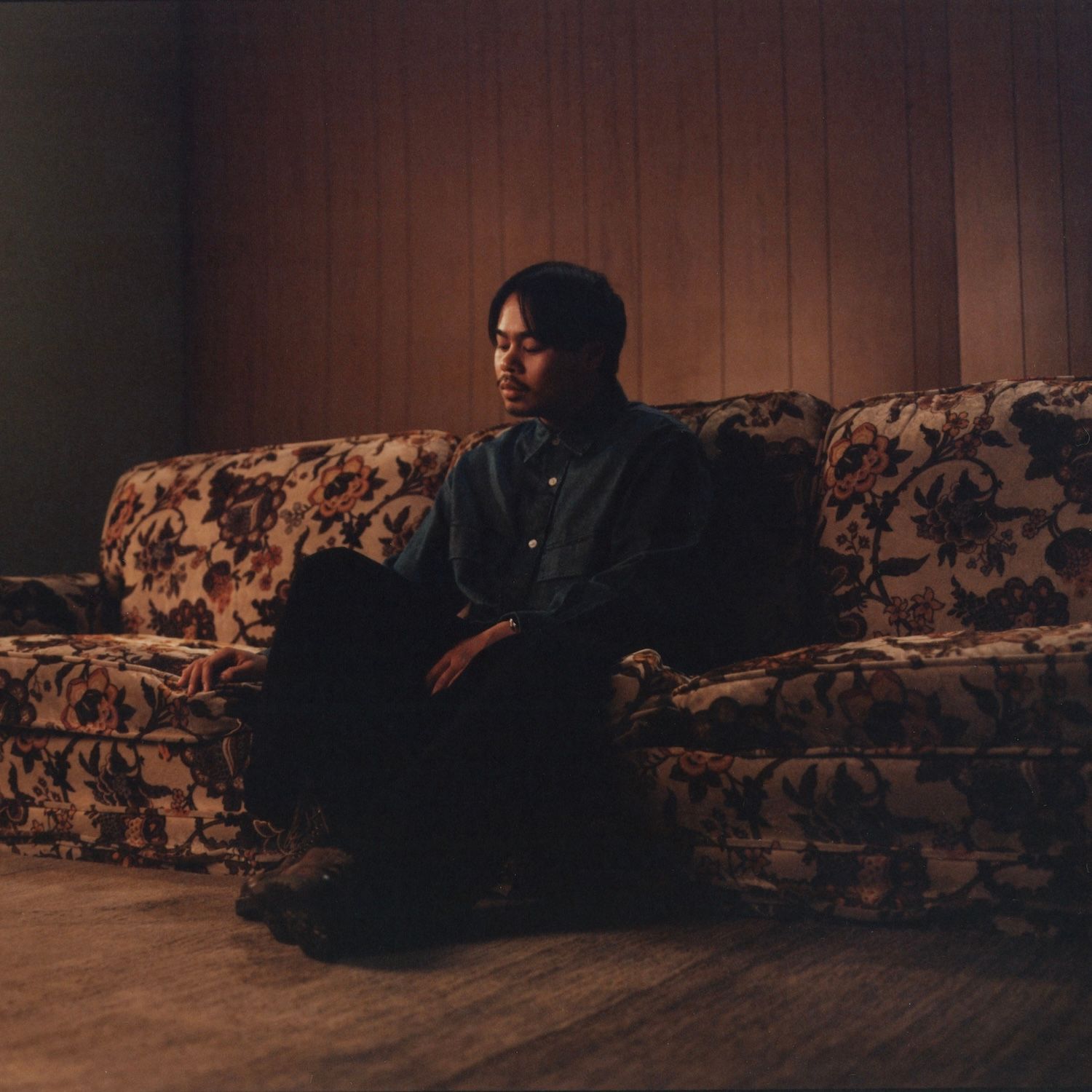In today’s competitive retail landscape, stores must do more than just sell products—they need to create immersive experiences. The secret? Retail displays and retail kiosks that blend artistry with functionality. These fixtures are no longer just practical necessities; they’re becoming centerpieces of store design, transforming ordinary shopping trips into visually stunning journeys.
This article explores how innovative retail displays and interactive retail kiosks are revolutionizing store aesthetics while maintaining practical utility. From sculptural shelving to digital art installations, discover how the marriage of design and function is reshaping the retail experience.
1. The Art of First Impressions: Entrance Displays That Wow
A store’s entrance sets the tone for the entire shopping experience. Forward-thinking retailers are replacing basic signage with breathtaking retail displays that serve as both marketing tools and art installations.
Innovative Entrance Display Concepts:
- Living Walls: Vertical gardens that double as brand statements (Lululemon’s succulent walls)
- Kinetic Sculptures: Moving art pieces that draw crowds (Apple’s floating display cubes)
- Digital Canopies: Overhead LED screens creating ever-changing visual narratives
These displays don’t just attract foot traffic—they create Instagram-worthy moments that extend brand reach organically.
2. Sculptural Shelving: Where Merchandising Meets Art
Gone are the days of generic metal shelving. Today’s most stylish stores feature shelving units that could easily belong in a modern art museum.
Artistic Shelving Trends:
- Organic Forms: Free-flowing wooden displays mimicking natural elements (West Elm’s tree-inspired units)
- Geometric Marvels: Angular metal structures creating visual rhythm (Glossier’s powder-coated steel grids)
- Transparent Storytelling: Glass shelves with embedded digital projections (Samsung’s holographic displays)
These retail displays prove that product presentation can be both functional and sculptural, enhancing merchandise while elevating store aesthetics.
3. Interactive Retail Kiosks as Functional Art
The humble retail kiosk has undergone an artistic transformation, evolving from clunky transactional boxes to sleek, interactive installations.
Art-Forward Kiosk Designs:
- Digital Waterfalls: Touchscreen kiosks with flowing visual elements (Nike’s sneaker customization stations)
- Mirror Magic: Reflective surfaces that transform into AR interfaces (Sephora’s Virtual Artist)
- Kinetic Touchpoints: Moving parts that respond to user interaction (BMW’s configurator displays)
These kiosks serve dual purposes—streamlining the shopping process while contributing to the store’s artistic narrative.
4. Lighting as a Design Element
Lighting fixtures have graduated from simple illumination to becoming key components of artistic retail displays.
Innovative Lighting Concepts:
- Chandelier Displays: Product suspended in artistic lighting arrangements (Tiffany’s diamond chandeliers)
- Interactive Light Walls: Panels that change based on customer movement (Adidas’ reactive runway)
- Holographic Showcases: 3D light projections replacing physical products (Lexus’ floating car displays)
These luminous installations create mood, highlight products, and establish memorable brand signatures.
5. The Rise of Thematic Pop-Up Experiences
Temporary retail displays have become canvases for artistic expression, with brands creating ever-more creative pop-up concepts.
Notable Artistic Pop-Ups:
- Immersive Brand Galleries: Stores transformed into walk-through art exhibits (Gucci Garden concepts)
- Sensory Installations: Multi-sensory spaces combining scent, sound and visuals (Diptyque’s olfactory displays)
- Cultural Collaborations: Partnerships with local artists for limited-run store designs (Nike’s city-specific pop-ups)
These ephemeral displays generate buzz while allowing for constant creative reinvention.
6. Material Innovation in Fixture Design
Modern retail displays are pushing boundaries with unexpected materials that challenge traditional retail aesthetics.
Groundbreaking Material Uses:
- Recycled Elegance: Fixtures crafted from repurposed materials (Patagonia’s reclaimed wood displays)
- Techno-Fabrics: Smart materials that change properties (North Face’s temperature-reactive displays)
- Liquid Metal: Sculptural elements with mercury-like finishes (Balenciaga’s molten metal racks)
These material choices make strong sustainability statements while creating visual interest.
7. The Future: Where Retail Design is Heading
As retail spaces evolve, we’re seeing several emerging trends in artistic store fixtures:
- Bio-Integrated Displays: Living, growing fixtures using moss and other organic elements
- Shape-Shifting Surfaces: Displays that physically reconfigure based on inventory or time of day
- Augmented Reality Overlays: Physical fixtures enhanced by digital art layers via AR apps
The stores that will stand out tomorrow are those treating their retail kiosks and displays as evolving art installations rather than static fixtures.
Conclusion: The Gallery-ization of Retail
The line between retail space and art gallery continues to blur as stores embrace artistic retail displays and retail kiosks. These fixtures do more than hold products—they tell brand stories, create emotional connections, and transform shopping from a chore into cultural experience.
For retailers, the message is clear: in an age of online shopping, physical stores must offer something digital can’t—tactile, immersive artistry. The future belongs to those who view their store fixtures not just as tools, but as opportunities for creative expression.




